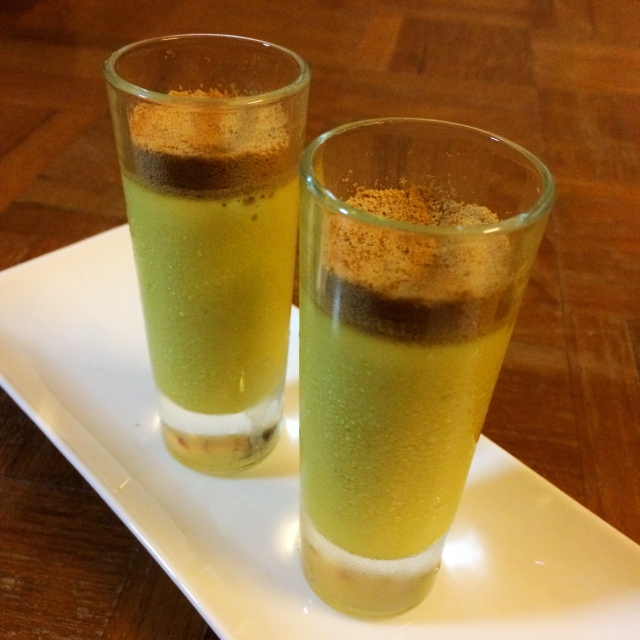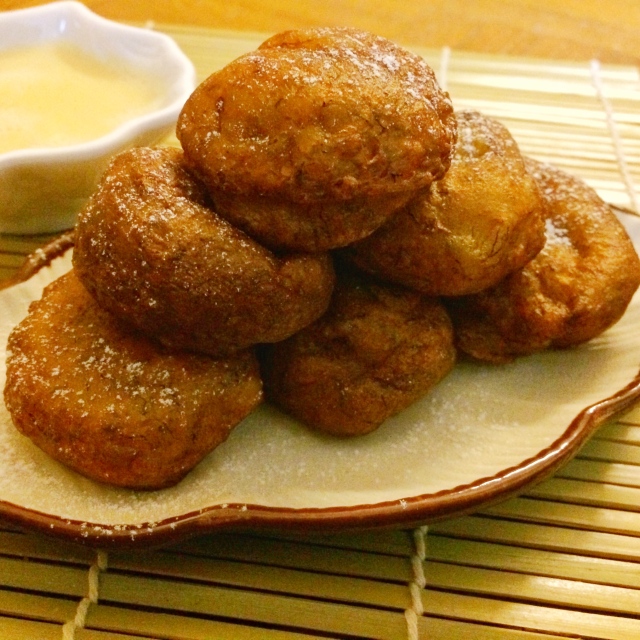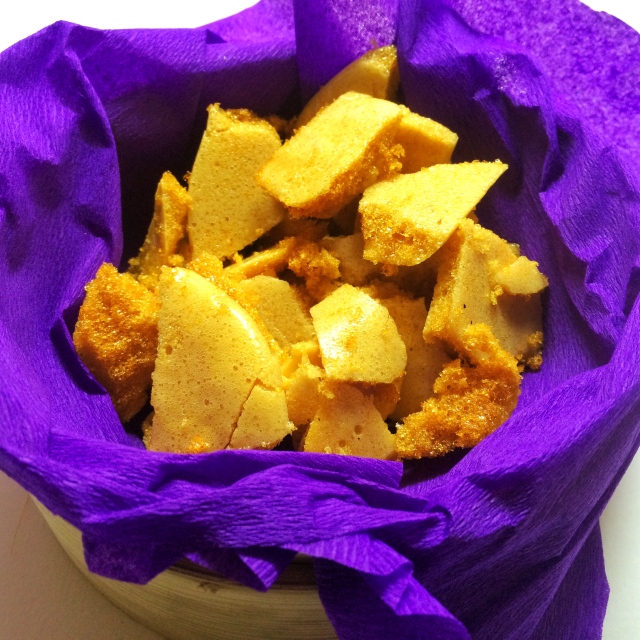Happy 2017 guys! This is a super late post but I have been under such a food coma since Christmas that I had to time myself out to get life back on track! Christmas and New Years this time was really good on a gastronomical front. I finally got to try out a handful of highly raved about restaurants in Mumbai to test for myself if it was as good as everyone around me claimed (it was). I was seriously mind blown with the flavour combinations and fusions that the city offered.
In my short visit, I indulged in puff pastry loaded with mushrooms and cheese, sinfully guilted on possibly the best cheesecakes ever, smoked my ears out with charred cheese stuffed chili’s, was pleasantly surprised with the Indian take on a classic sushi, learnt that lemongrass makes for a really refreshing mousse and relished on a ton of desserts with unbelievable flavour twists.
And then of course there was a lot of home cooking and experimenting as well. So in a nutshell, I was overdosed on food when I came back to SG!
After one weeks rest, here I am, back to cooking and blogging. For the longest of time, I have wanted to use turmeric and ginger in a dessert format. Turmeric milk is a very common home remedy in India for cold and flu. Back home, we add crushed pepper, honey and raisins as well to help soothe an irate throat. The combination of these ingredients makes for a really yummy milk and is very therapeutic. It needs to be consumed piping hot when you are ill, but I really wanted to know how it would be in a chilled, custard-like form. So using similar same measurements used for the milk, I made panna cotta.
Now, I was expecting the panna cotta to be good, but trust you me, it is so much better than good! It’s cool, refreshing and plain yummy. If you have ever had turmeric milk (aka haldi ka doodh) during your childhood days this dessert is bound to make you nostalgic.

Ingredients:
- Heavy cream: 300 ml
- Turmeric powder: 1 tsp (heaped)
- Ginger: 1 tbsp, finely grated
- Honey: 1/4 cup (or less, depending on your sweetness preference)
- Black pepper: 1/2 tsp, freshly crushed
- Gelatin: 2 tsp
- Cold water: 2 tbsp
Method:
- Mix all ingredients except gelatin and cold water in a pot and bring it to a steady simmer
- Keep stirring occasionally and allow the cream to simmer for 5 minutes
- Switch off the flame and allow the flavours to steep into the cream for another 5-7 minutes
- In the meanwhile, bloom the gelatin in cold water
- Add gelatin to the cream mixture and mix well so that it dissolves. The cream needs to be lukewarm when adding the gelatin – if it has become cold then switch the flame back on and heat till the mixture just starts simmering.
- Sieve the cream through a fine mesh and pour into individual ramekins / shot glasses
- Refrigerate overnight and serve once set









